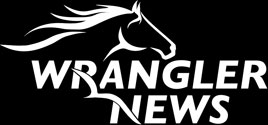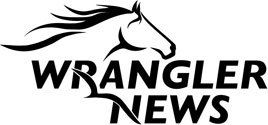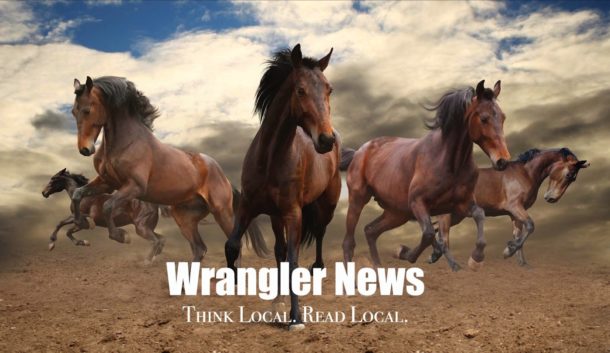Story by Georgia Swing
You might not
know which
“character area”
of Tempe you live in, but
city planners hope that
a process they’re about
to kick off will make
you acutely aware – and
proud – of what sets
your neighborhood apart
from others.
Project Management
Coordinator Nancy Ryan
and fellow staffers in
Tempe’s Community
Development
Department are asking
city residents to attend
a planning session
designed to help define
and describe their area
of Tempe as part of a
seven-step Character
Area Planning process.
The first meeting,
on Wednesday, Feb. 26,
will focus on an area
designated as “Kiwanis/
The Lakes.” (See map for
the boundaries of this
and other areas to be
involved in the study).
“The idea is to
recognize the character
within the community,
not to divide the
community up into
districts,” Ryan said.
“We’re trying to make
sure we’ve got the right
tag name for the area,
and we’ll be checking
back with the people in
the community: What do
they call the area?”
Other character
areas include Corona/
South Tempe; Arizona
Mills/Emerald Center;
Central City/Shalimar;
Rio Salado/Downtown/
ASU; Diablo/Double
Butte; Escalante/
Marketplace; and
Papago/North Tempe.
A clearer picture
of how residents see
their character areas
will help the city provide
guidelines for the form
and function of future
development, Ryan said.
“Design is one of the key
components of these
character area plans,”
she said.
When it came time
to choose the first two
character areas to focus
on for the first year,
the Tempe City Council
chose Corona/South
Tempe and Kiwanis/The
Lakes, noted Ryan, who
is being joined by city
planner Hunter Hansen
in laying out the process.
“They’ve been
hearing for some time
that South Tempe (south
of Arizona Highway
60) doesn’t get all the
attention that everything
that’s happening in
North Tempe does,”
Ryan said. “They thought
this is a way to start to
bring (in) that part of the
community.”
The two areas
also have the highest
concentrations of
residential areas, with a
large proportion of the
city’s population of about
172,000, Hansen said.
Each of the eight
areas has common
characteristics of
topography, housing
styles, infrastructure,
retail or industrial
development and open
spaces that make them
distinct from the others,
he said. They also have
natural boundaries
formed by highways or
canals.
“I kind of think
about it as, if a
filmographer were to
come into your area
and shoot a film, what
would they be looking
at?” Hansen said. “What
would be the backdrop?
What would be the
fabric? What would be
the texture of the film?”
Residents will
be asked to name the
best aspects of their
neighborhood – what
should be preserved –
and what is missing or
needs improving. To
start, they’ll be asked
how they want to give
their feedback. The
options are myriad,
including surveys, focus
groups, workshops or by
soliciting photos, walking
tours and maps.
Hansen called
the people who live
in each area “the feet
on the ground at the
neighborhood scale.
They’re the experts; they
know what’s going on.”
What city planners
already know about
Kiwanis/The Lakes is
that it’s full of families,
ranging from very young
to empty nesters. It
has the most schools,
and the Kiwanis
Park Neighborhood
Association is the largest
in all the character areas.
Planners believe it has
the most parks.
“This area has
a lot of shopping
opportunities and
healthy, successful
commercial areas,”
Ryan said, pointing in
particular to the Tempe
Square commercial
center at McClintock and
Guadalupe.
“They’ve kind
of created their own
event center,” Ryan
said of Changing
Hands, an independent
bookstore. “They’re just
nicely tucked together
with a Trader Joe’s
grocery market and
the Wildflower Bakery,
where you can get a
great cup of coffee and
a sandwich and soup.
There are lessons to
be learned about these
synergies; when you
start to get certain uses
together, it creates a
place.
“We’re going to
enjoy looking at what
makes these commercial
centers successful versus
some of the others that
may be struggling, and
see what we can learn
from that.”
What they know
about Corona/South
Tempe is that it has the
largest residential lots,
the largest number of
homeowner associations
(33), and a strong
equestrian identity, with
many horse properties
and trails. It also has
many commercial
vacancies.
The city staff
wants to hear residents’
thoughts on those
vacancies, and about
transit, recreation,
housing, parks, trees,
streetscapes, lighting,
bike and walking trails
– whatever people
see as gaps in their
communities.
The Feb. 26 kickoff
in Kiwanis/The Lakes
will be followed by a
similar session March 3
in Corona/South Tempe.
Planners will come back
four times through the
year to ask for residents’
help in turning ideas into
tangible paths of action.
A final plan is expected
to be presented in
December, Ryan said.
A citywide miniconference
April 5 will
offer workshops for all
eight character areas.
The city will apply
what it learns from its
experience with the first
two character areas to
tweak its process for
the other six areas.
Planners are hoping for
active involvement from
residents in Kiwanis/The
Lakes and Corona/South
Tempe.
Between them, the
communities have 54
homeowner associations
and 26 neighborhood
associations.
“I don’t know
if it implies a lot of
community involvement
or not,” Ryan said.
“Certainly, there’s
a different level of
neighborhood and
community activity
that isn’t necessarily
consistent across the rest
of the city.”



